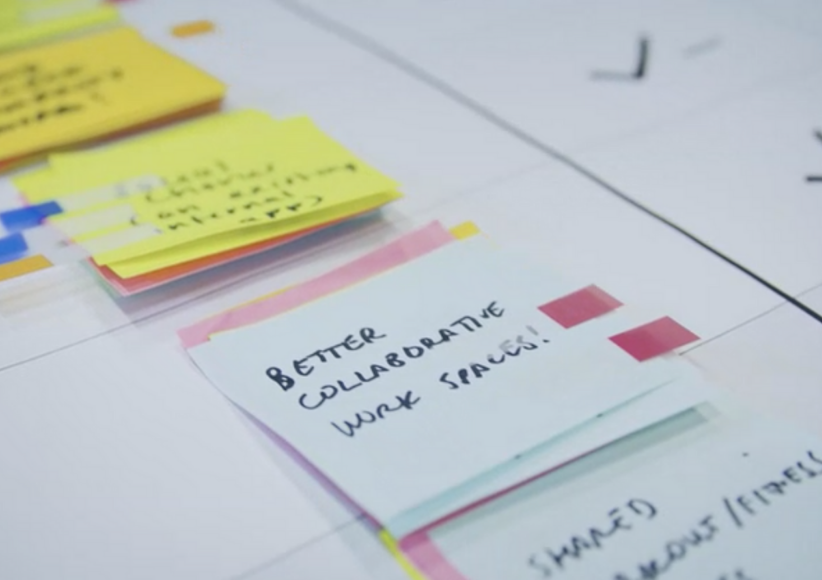
Design Sprints are powerful tools, especially when stakes are high; they are excellent vehicles for answering specific “what ifs” and producing tangible next steps. But, there’s far more to a successful sprint than gathering supplies, aligning schedules, and preparing each activity. You also need to make sure that you have the right project infrastructure (purpose, team, goals, testers) in place. Without the right project infrastructure in place, you won’t be positioned to run a successful design sprint.
Here’s a checklist of four actions to determine whether or not you are ready to conduct a design sprint.
1. Support the problem with evidence
Design Sprints allow you to ideate and validate in a short period of time for even the biggest of challenges. But before you start, make sure the problem is well supported with quantitative and qualitative evidence. This data will drive the conversations for most activities and highlight the most pressing questions.
Examples of problems mentioned in Sprint by Jake Knapp include:
What’s the best way to explain Slack to non-tech customers?
What essential information do oncologists need to make treatment decisions?
How will hotel guests react to a robot with personality?
Can a doctor’s office for professionals adapt to families with kids?
2. Find a team that can commit
Make sure each sprint participant is aware of the full-time commitment that’s required for the four to five days. We’ve encountered several occasions where core participants could not partake in the majority of the exercises due to work obligations, which ultimately created distractions and hindered a strong team dynamic, as each sprint activity builds on the other quickly.
3. Communicate expectations
Chances are, most sprint participants are not well-versed in how a design sprint works and why it’s valuable. Therefore, activities can easily steer off-path and turn into mini-projects if participants get too invested in the details rather than the overall concept. Therefore, it’s important to clearly articulate what people can expect by the end of the week. Design sprints are less about getting “in the weeds” or creating a high-fidelity, fully functional product. Instead, it’s about learning whether an idea is worth pursuing.
4. Prepare to test with actual users
It’s essential to gather honest insights on the last day from real-world customers. Ensure that users you recruit accurately reflect your target audience. It’s also important to avoid any focus groups and keep these interviews strictly one on one, as focus groups introduce too many variables that alter insights, such as groupthink.
Bonus: Clarify the process
It is crucial to gain as much contextual knowledge of the current state of your or your clients’ processes as possible in order to lead an effective design sprint. Unlike design sprints that are conducted with cross-discipline teams in product companies, you may not be immersed in all of the different workflows and processes within your company or your client’s company. This is why it is essential for you to walkthrough high-level process maps as well as undergo demos of what currently happens on a day-to-day basis.
Future Sprinting
In conclusion, the right project infrastructure can make or break the effectiveness of your design sprint. Having a specific problem space, dedicated team, clear expectations, and actual users are essential precursors for running design sprints with successful outcomes. Are you ready for a design sprint? We’d love to help you figure it out. Reach out to us at marketing@credera.com. Happy sprinting!
Contact Us
Let's talk!
We're ready to help turn your biggest challenges into your biggest advantages.
Searching for a new career?
View job openings




